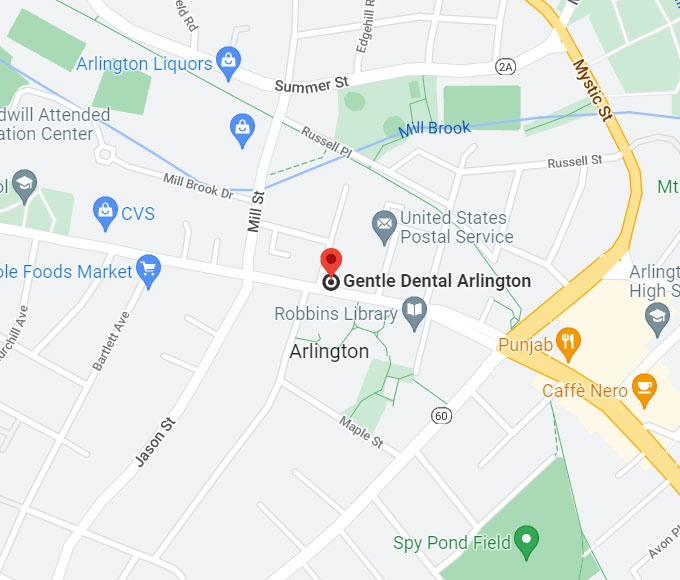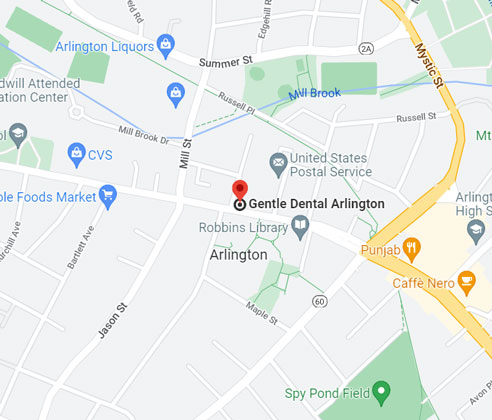How Do Braces Function?
Braces work by applying continuous force to teeth through brackets and wires. Over time, the jawbone adapts, allowing teeth to move and settle into a more aligned, healthy position.
Different Types of Braces Available
Traditional Metal Braces
Durable and effective, metal braces are the most common choice for comprehensive orthodontic correction.
Ceramic Braces
Ceramic braces blend with your natural tooth color, offering a more discreet alternative to metal braces.
Lingual Braces
Placed behind the teeth, lingual braces remain hidden while providing powerful alignment benefits.
Self-Ligating Braces
Designed with specialized clips instead of elastic ties, these braces offer faster adjustments and improved comfort.
Clear Aligners (Invisalign)
Clear aligners provide a near-invisible solution for mild to moderate alignment issues, ideal for adults and teens seeking discreet treatment.
Best Age for Braces
Braces can be effective at nearly any age. The ideal treatment window is typically between 10 and 14 years old, but adults can achieve excellent results as well thanks to modern orthodontic technology.
Treatment Process Overview
Duration of Treatment – How Long Will You Wear Braces?
Most orthodontic treatments take 12 to 24 months, depending on the severity of your misalignment and the type of braces selected.
Initial Consultation – What to Expect?
During your consultation, we assess your teeth, take digital X-rays, and discuss the best braces option for your needs. You’ll receive a personalized treatment plan outlining timelines, steps, and expected results.
Advantages and Disadvantages of Braces
Key Benefits of Dental Braces
- Improved alignment for a healthier bite
- Enhanced facial symmetry
- Increased confidence with a straighter smile
- Prevention of long-term oral health issues such as uneven wear or jaw pain
Common Side Effects of Wearing Braces
- Temporary discomfort after adjustments
- Difficulty cleaning around brackets without proper technique
- Dietary restrictions
- Minor irritation to gums or cheeks
Care and Maintenance During Treatment
Managing Discomfort – Do Braces Hurt?
Some soreness is normal after tightening or adjustments, but it typically resolves within 2 to 3 days. Over-the-counter pain relievers can help.
Oral Hygiene Tips for Braces Wearers
- Brush after every meal
- Use an orthodontic floss threader or water flosser
- Rinse with antimicrobial mouthwash
Foods to Enjoy and Avoid with Braces
- Enjoy: Yogurt, pasta, soft fruits, steamed vegetables
- Avoid: Sticky candy, popcorn, nuts, hard crust breads, gum
Maintaining Results After Treatment – Retainers
Once your braces are removed, you’ll wear a retainer to hold your teeth in their new positions and prevent shifting.
When to Consult an Orthodontist
Signs You Need to See Your Dentist or Orthodontist
- Difficulty biting or chewing
- Crowded or overlapping teeth
- Gaps between teeth
- Jaw pain or clicking
- Shifting teeth over time
Comparing Braces with Other Orthodontic Solutions
Braces vs. Clear Aligners – Which is Right for You?
Braces are ideal for complex cases requiring significant correction. Clear aligners are best for mild to moderate misalignment or for patients who want a discreet option. Our team will help you choose the right treatment based on your goals and lifestyle.
Why Choose Us for Teeth Braces in Arlington, MA?
Advanced Orthodontic Technology
We use modern tools such as digital scanners and 3D imaging for precise treatment planning.
Customized Treatment Plans
Every patient receives a personalized orthodontic plan tailored to their bite, lifestyle, and goals.
Experienced Orthodontic Team
Our specialists bring years of experience in treating both simple and complex orthodontic cases.
Comfort-Focused Care
We prioritize gentle techniques and clear communication to ensure a comfortable experience at every visit.
Flexible Payment & Insurance Options
We accept most major insurance plans and offer affordable payment options to make braces accessible to all.





